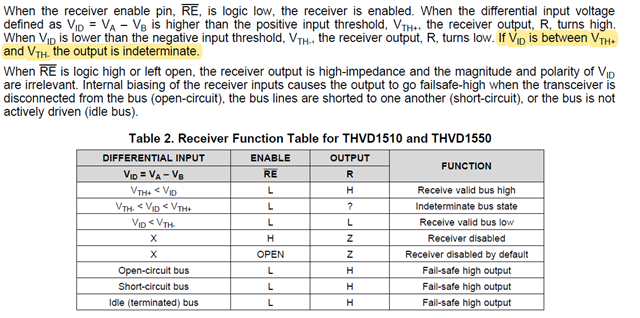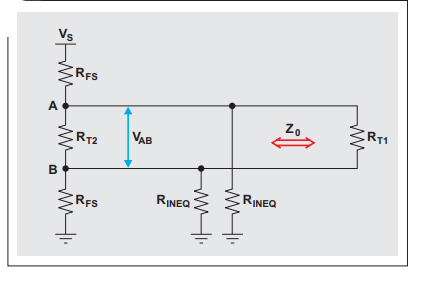Hi Expert,
According to the datasheet p.15, If the VID is between VIT+ and VIT-, the output is indeterminate.
The question is that do you recommend to pull it up or down to fix the status when VID is between VIT+/-?
Could I pull it up or down?
Or just leave it along?

BR,
Aaron Chen


